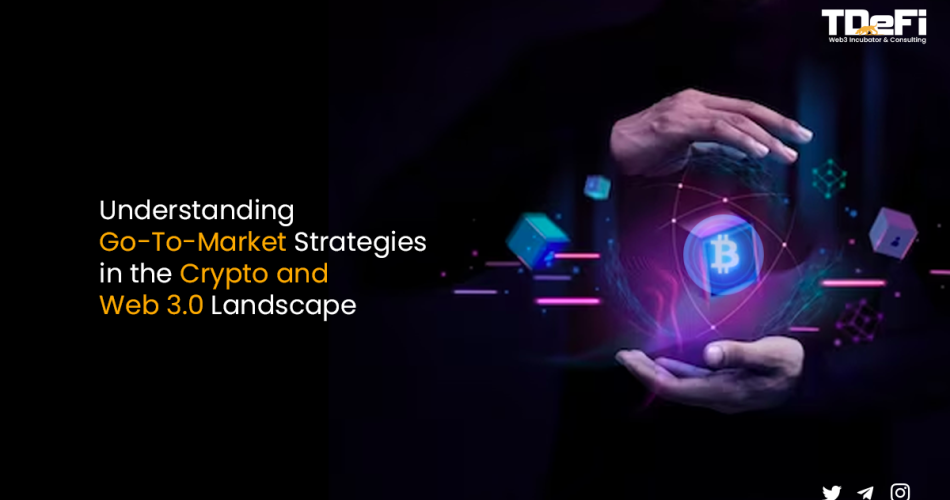Introduction:
In the evolving landscape of Web3, go-to-market (GTM) strategies are undergoing a significant transformation. Unlike the Web2 era, where the focus was heavily on sales and marketing for customer acquisition, Web3 introduced novel paradigms centered around decentralised technologies and tokenisation. In this post, we’ll unravel the intricacies of GTM, emphasising its role in Web 3.0, effective tactics, and the importance of partnerships and negotiation strategies.
What is Go-To-Market?
At its heart, GTM is a comprehensive plan, outlining how a product or service will be delivered to the market. This involves several key steps:
Product Development: Creating the product or service.
Market Identification: Defining your target market.
Pricing Strategy: Setting a competitive price.
Messaging: Developing the right message to reach your audience.Customer
Acquisition: Deciding where and how to engage potential customers.
GTM in Web 3.0 vs Web 2.0:
The GTM approach in Web 3.0 differs notably from traditional Web 2.0 strategies. While some Web 3.0 companies, like wallets and marketplaces, follow a similar GTM plan to Web 2.0, others like NFT communities or certain DAOs (Decentralized Autonomous Organizations) adopt a different pathway. These entities often identify a need and target stakeholders, including community members, users, investors, and the company.
Key Factors Influencing GTM Plans:
Decentralisation Level: This includes technical, economic, and legal frameworks.
Token Involvement: The presence of a token influences GTM strategy, shifting from top-down planning to a more bottom-up approach.
Examples of Common and Tested GTM Strategies in Web 3.0:
Building Community Engagement:
- Leveraging Influencer Partnerships:
- Example: Crypto projects often collaborate with influencers in the space to gain visibility. An instance is when a DeFi platform partners with a well-known crypto influencer for an AMA (Ask Me Anything) session.
- Impact: These partnerships can rapidly boost brand awareness and credibility.
- Token Incentivization Programs:
- Example: Platforms like decentralized exchanges (DEXs) often use token airdrops to reward early adopters or liquidity providers.
- Impact: This approach incentivizes user participation and investment in the platform.
- Educational Content and Workshops:
- Example: Hosting webinars or creating educational content around blockchain and its uses.
- Impact: This helps demystify the technology for a broader audience, thereby attracting users who are new to the space.
- Strategic Alliances with Established Brands:
- Example: NFT platforms collaborating with renowned artists or brands for exclusive drops.
- Impact: This not only brings the established audience of these brands but also adds a layer of trust and authenticity.
- Example: Many NFT projects start by creating a strong community presence on platforms like Discord or Twitter, engaging potential users with exclusive content, sneak peeks, and interactive sessions.
- Impact: This strategy builds a loyal user base even before the product launch.
Deep Dive into Critical Elements:
Role of Partnerships: Like with Starbucks or Spotify, partnerships are crucial in expanding reach and creating value.
Negotiating Strategies: Effective negotiation is crucial for securing beneficial partnerships.
GTM strategies in the crypto and Web 3.0 space are dynamic and multifaceted. Understanding the nuances of these strategies and the pivotal role of partnerships and negotiation can significantly impact the success of a product or service in this innovative and fast-evolving market. Ecosystems play a pivotal role in reducing the time of implementation and scaling. TDeFi has been closely working with its portfolio companies in experimenting with various GTM strategies, tailoring them to the unique needs of each venture. This hands-on approach helps businesses navigate the complexities of Web3 markets, fostering innovation and growth. Through TDeFi, these companies gain access to expert insights, strategic partnerships, and a network of resources crucial for testing and refining their GTM approaches, ultimately leading to more robust and sustainable business development in the Web3 space.





